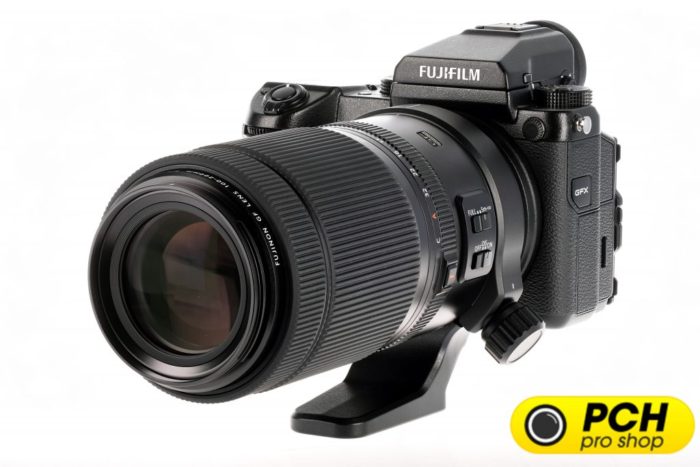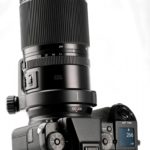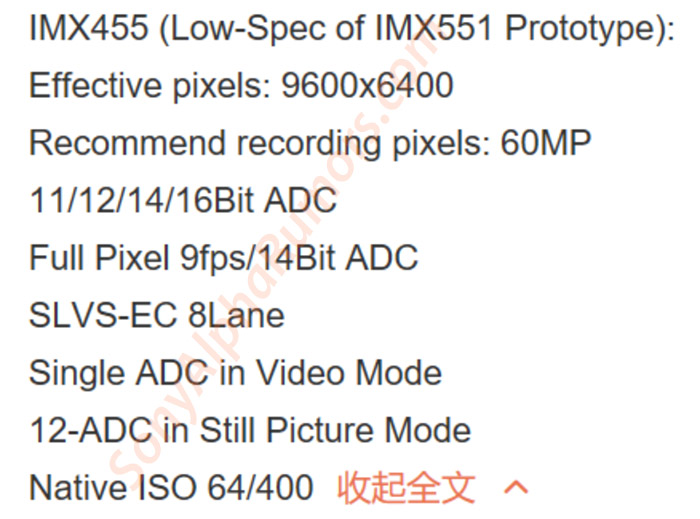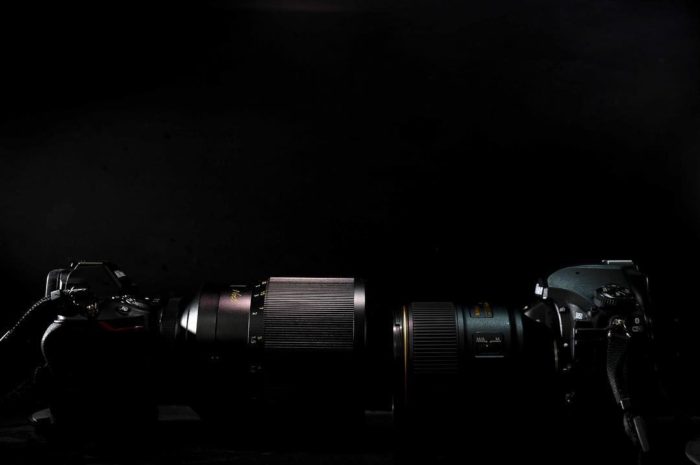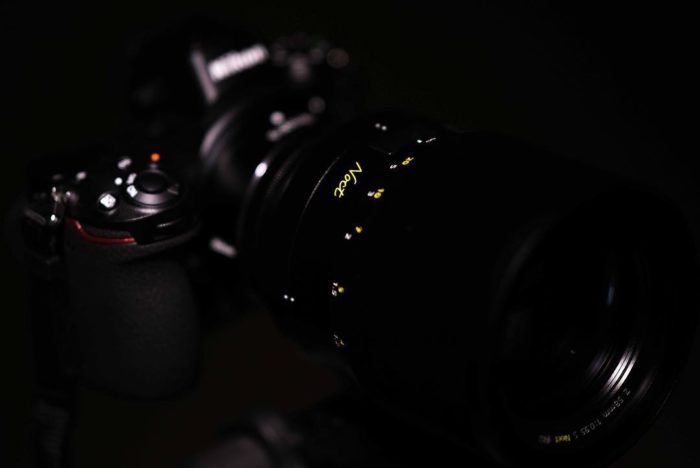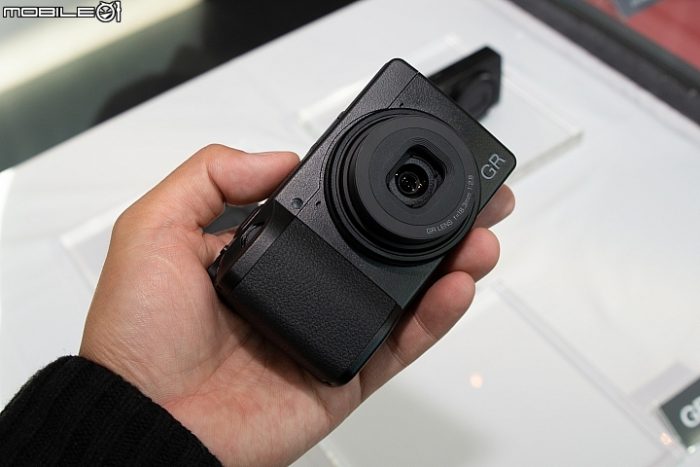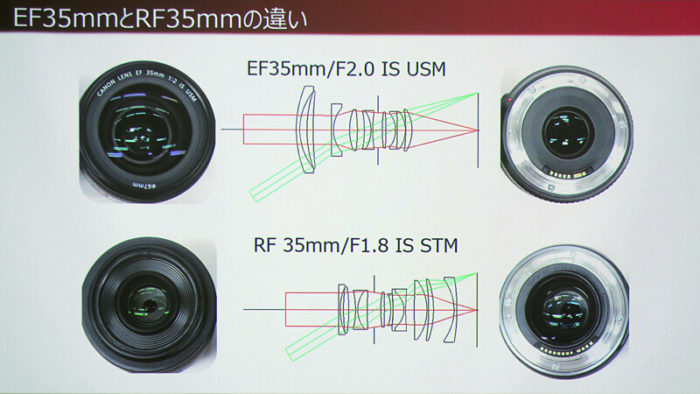First ZEISS ZX1 Hands-On: In the flow in Little Tokyo
Introducing Sabrina Weniger: A professional photographer based in Düsseldorf and Berlin and part of our very select group of early ZX1 testers. Join us as she talks about her first weeks with the new ZEISS ZX1 and how the camera affected her personal photography flow, all while walking the streets of Düsseldorf’s Little Tokyo in pursuit of that perfect picture.
